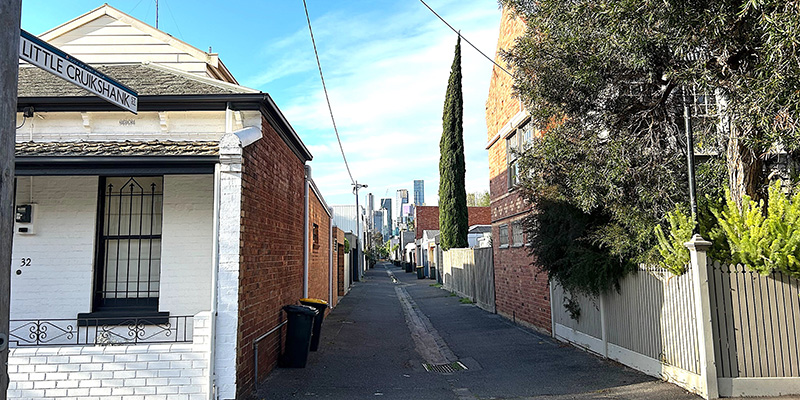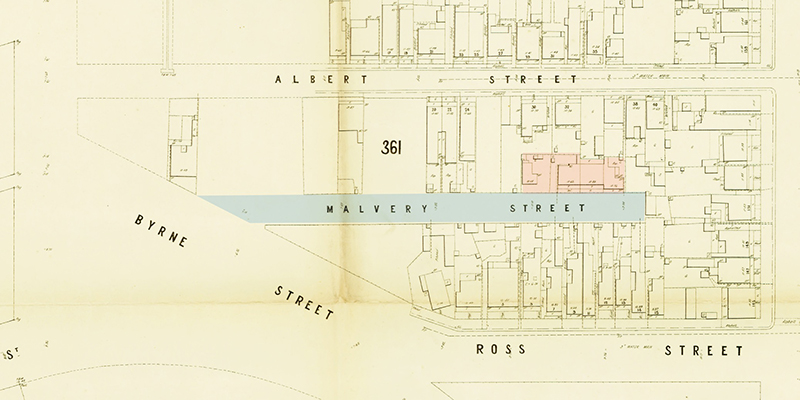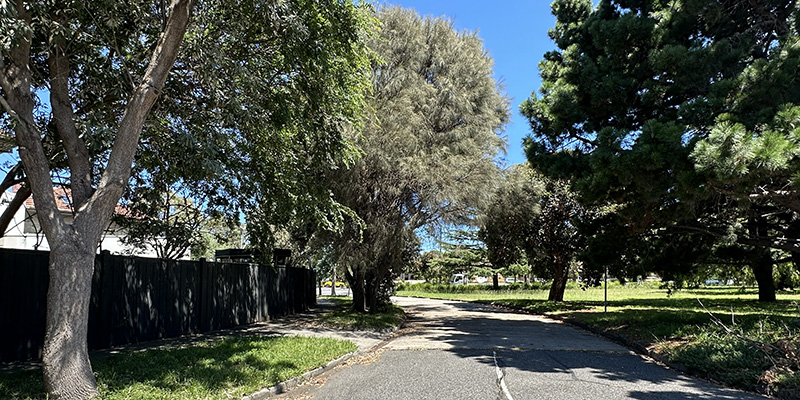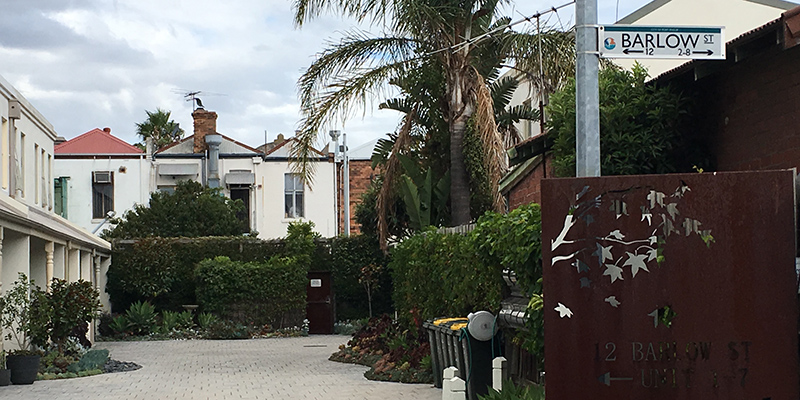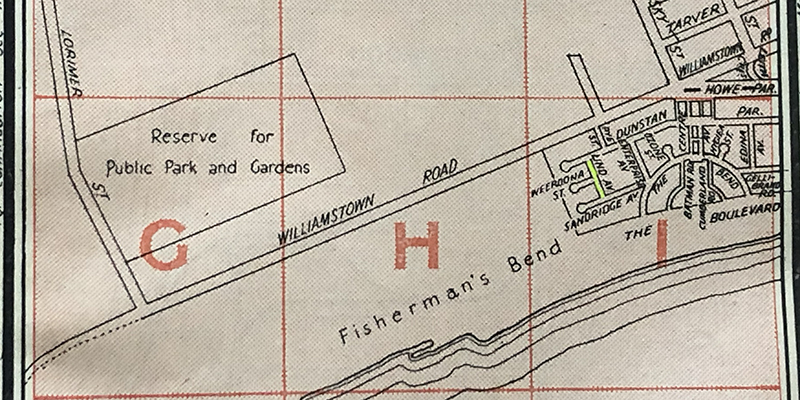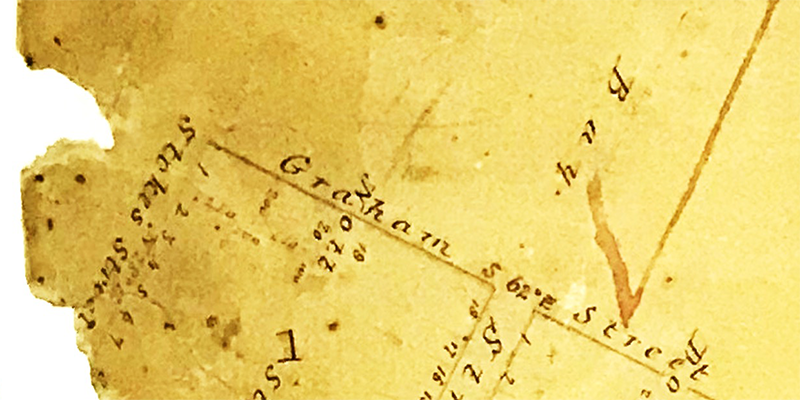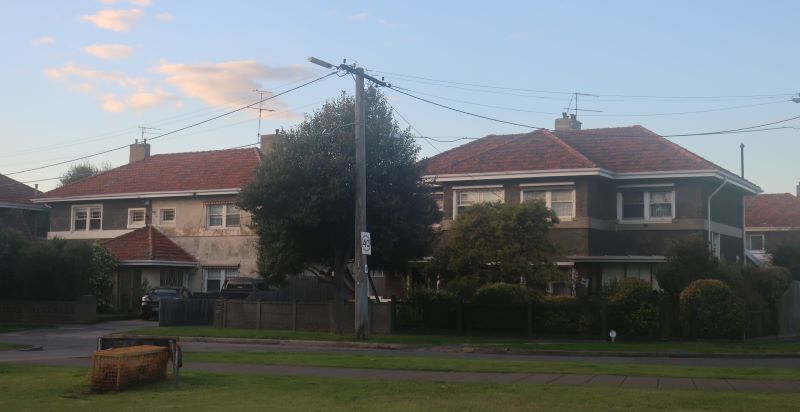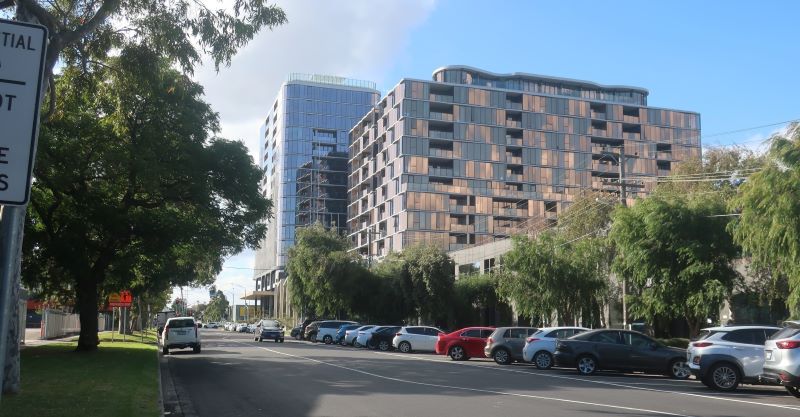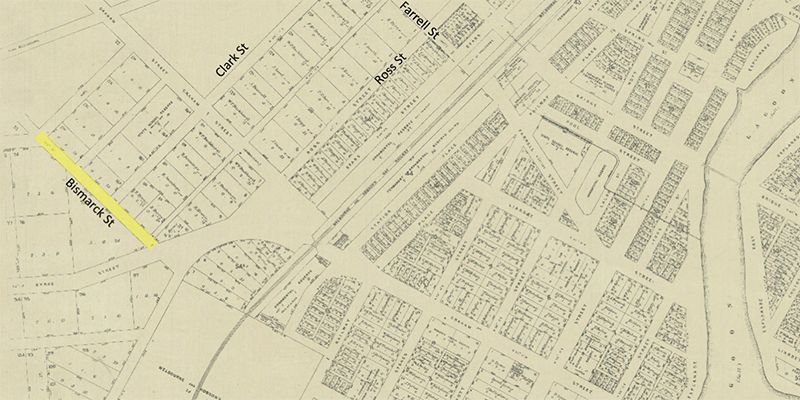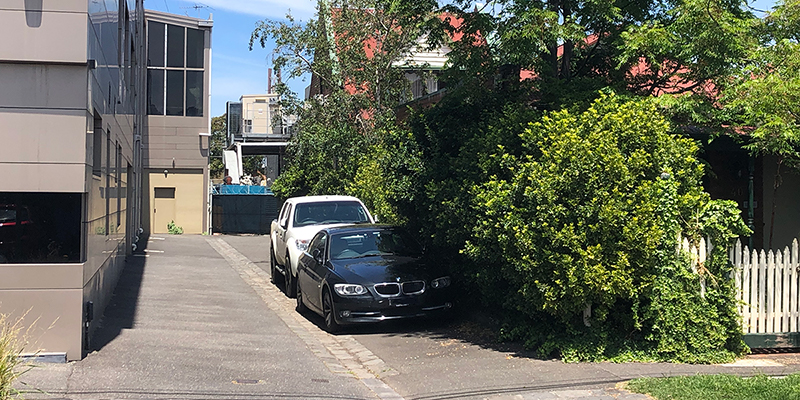by David F Radcliffe
Little Cruickshank Street runs between Liardet and Bridge Streets, providing access to the rear of properties on Cruickshank and Pickles Streets, Port Melbourne. This right-of-way was formed when the Crown Land on the eastern shore of the Sandridge Lagoon was surveyed and sold in the 1870s.
Entrance to Little Cruickshank Street from Liardet Street
It was never…
